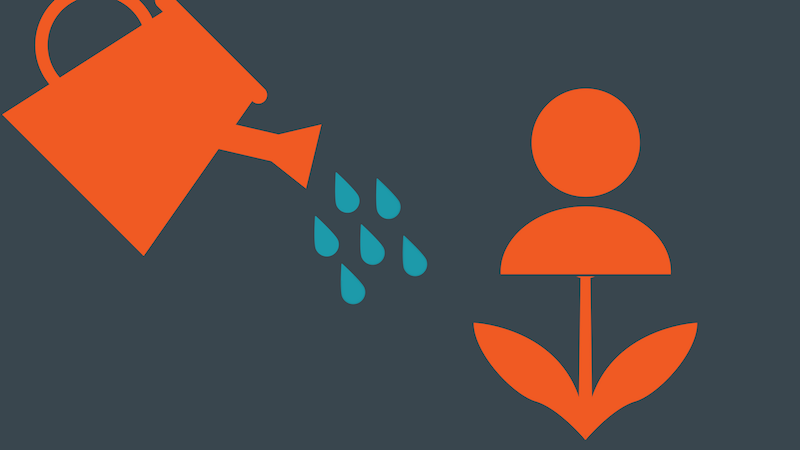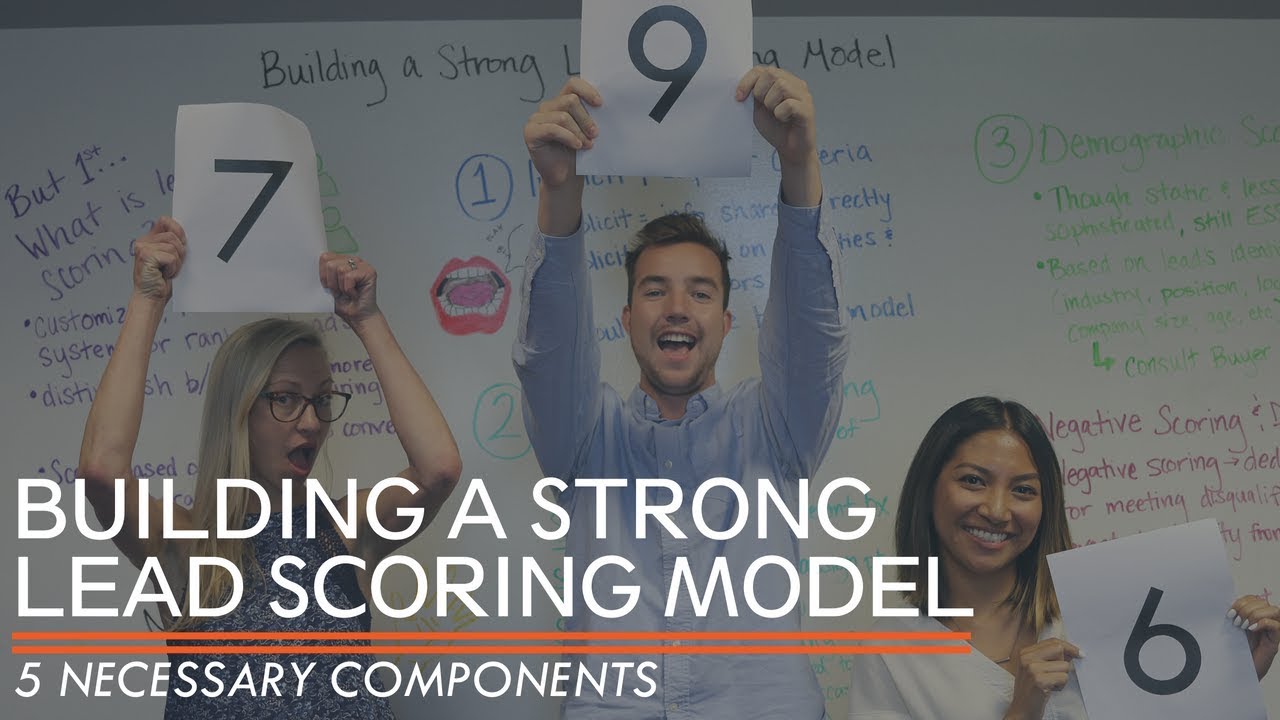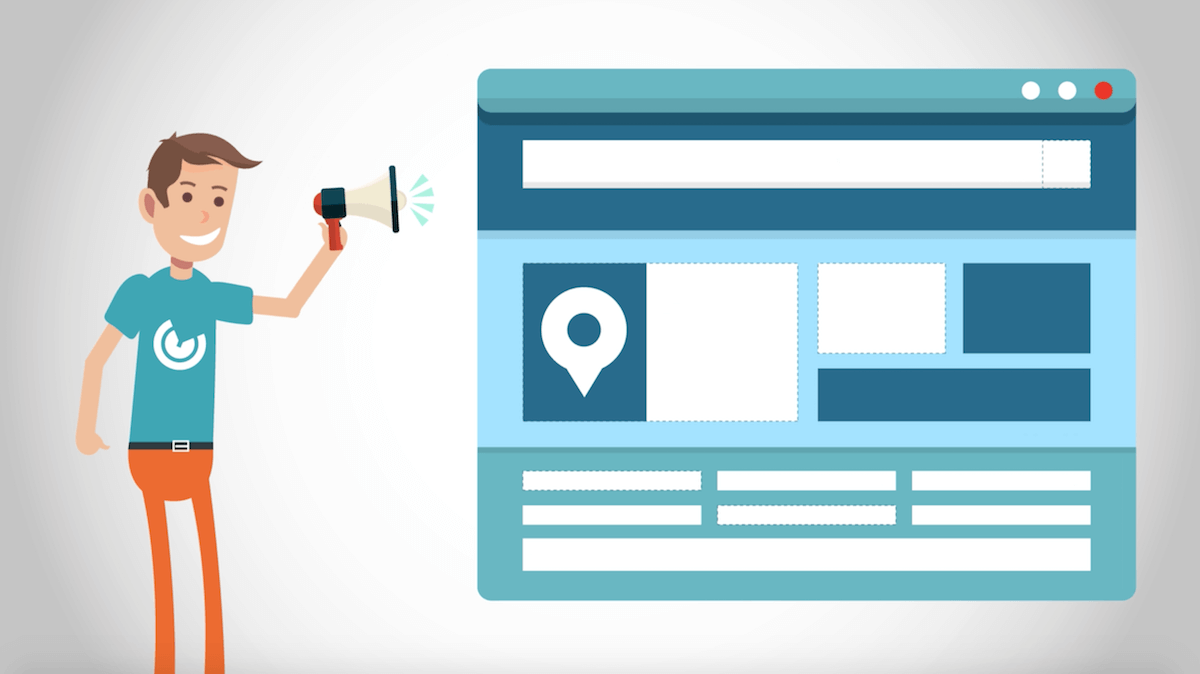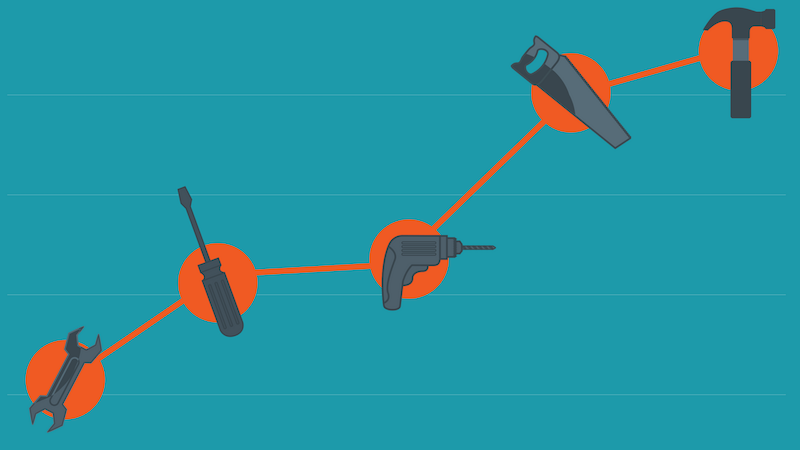The 5 Most Important Components of a Lead Scoring Model
When it comes to attracting and retaining new leads, no company wants to devote their time to leads that are unqualified or pass up the opportunity...
I know what I am looking for, and would like to chat.
A team of data-driven marketers obsessed with generating revenue for our clients.
Because the proof is in the pudding.
At Campaign Creators we live by three principles: Autonomy, Mastery, Purpose.

Every business wants more leads, that's because lead turn into customers, and customers bring in the revenue. So, no leads = no revenue. But there are no guarantees that a lead in your database will turn into a customer. So I'm here to help you increase the chances that they do.
According to the MarketingSherpa glossary, conversion is defined as “the point at which a recipient of a marketing message performs a desired action.” With this in mind, lead conversion is the process through which prospects are converted into leads, and leads are converted into customers.
To be more specific, we (and many others) break down “convertees” into three categories: Leads, Marketing Qualified Leads and Sales Qualified Leads.

Leads demonstrate some interest in your content, particularly top-of-funnel offers, and may fill out a form requesting their personal information. Marketing qualified leads (MQLs) engage more actively, taking interest in middle and perhaps even bottom-of-funnel offers. Finally, sales qualified leads (SQLs) have thoroughly interacted with your company and its offers and content; they are all but ready for a sales pitch!
In B2C marketing, conversions can be relatively fast and simple, as they are connected to more instantaneous actions. In the B2B sales cycle, on the other hand, the conversion process requires longer investment and is more complex, based on a series of smaller conversions. Your conversion strategy will, of course, need to optimized to best fit your company’s needs.
Calculating a conversion rate is simple in and of itself— Conversion rate = Total number of conversions / Total number of possible conversions. Conversions could be form submissions, CTA clicks, or email opens. Their corresponding total number of possible conversions would be page visits, CTA views, and emails delivered.
Of course, with a large number of potential KPIs (key performance indicators) to keep track of, it is best to make use of eCommerce site software or marketing automation platform to make these calculations.
The answer to what constitutes a “good” lead conversion rate is, on the other hand, much more subjective. Average rates vary between B2B and B2C, industries, individual companies’, and more -- numbers cited by marketing sources range from 2% to 10%. Industry-specific reports can be good resources for establishing ballpark benchmarks, but remember that consistent growth often matters more than surpassing a specific number.
Now that we have some goals in mind, let’s go over 7 tips to get your lead conversion rates climbing!
Appealing to leads is all about what you have to offer them as potential customers. By knowing your industry, products, and audience, you can pinpoint, then shine a spotlight on the offers that best match leads’ needs, whether of monetary value or completely free.
These can be content-based pieces, with possibilities ranging from e-books to tip sheets to webinars to newsletters, and can include both existing material or something new made specifically for a conversion campaign. For eCommerce, special promotions, discounts, and cross-selling are also relevant options.
Your offers’ value must be clear to prospects; creating conversion-focused landing pages can be a crucial catalyst to selling leads on them. Landing pages traditionally serve key tools used in generating leads, but they can also be applied to the next step of the marketing funnel to turn MQLs into SQLs.
Especially where conversion rates are concerned, lead quality matters over quantity! Wasting time and effort indiscriminately on unqualified leads can deliver a death blow for your conversion strategy, even if you’re doing everything else correctly.
For this reason, it’s crucial to set guidelines and distinctions for MQLs, SQLs, and “hotter” and “colder” leads, as well as a general system of ranking them by priority based on how qualified they are. (Remember, hotter leads are close to converting, while colder ones require further nurturing or are unprepared/unqualified at the moment.)

In particular, a lead scoring model may be just the ticket if you’re struggling to find ways to group your leads. Lead scoring is a customizable, algorithmic system of lead organization. A sophisticated scoring system takes demographics (i.e., industry, job title, company size, gender) and, more importantly, behavior into account when generating their scores on a 0-100 points system.
Did you know that around 36% of B2B marketers say that “insufficient data quality” is the biggest obstacle to their success with marketing automation? Quality of your lead data is characterized by a variety of components such as missing form fields, duplicated data, invalid formatting, failed email delivery, and more. Additionally, data decays constantly-- at a rate of 2.1 percent per month!
All of this can mess up your conversion plans, misguiding your attempts at lead scoring and segmentation, lowering content deliverability rates, and even delivering unreliable results about the success of campaigns. This is why building a data governance and standardization strategy, as well as evaluating the current state of your data, is critical.
Of course, quality control doesn’t need to be all manual labor-- it can be accomplished with the help of data verification tools and solid marketing automation software. A two-way integration between your customer relationship management (CRM) database and automation platform will allow sales and marketing teams to work from a unified pipeline and keep better track of data.
Behaviors are the most significantly customizable criteria of the model; they can include everything from visiting your company's site to opening an email to filling out an online form. Over a period of time, these will accumulate into a profile of each lead, into which you can receive insight through their score.
Content is a key gateway to interaction with prospects and leads. The best content informs and educates readers, but also attracts through compelling presentation; in other words, both form and function have to be accounted for, whether you are writing a whitepaper, 10-page-guide, or Twitter post.

Mapping your content is a surefire way to develop a well-rounded body of material which will address your audience’s needs throughout the conversion process. The 3 stages of the buying journey-- awareness, consideration, and decision-- serve as effective guidelines for content mapping, along with phases of the marketing funnel.
ToFu content addresses the awareness stage where your reader is trying to identify their challenge or an opportunity they want to pursue, as well as whether it should be a priority. It is relevant to general leads or prospects.
MoFu content addresses the consideration stage in which they are ready to evaluate the different approaches or methods available to pursue their goal or solve their challenge. It appeals most to MQLs.
BoFu content addresses the decision stage where your lead is making an actual purchase decision. In most cases, leads at the bottom of your funnel just need that final nudge and that compelling call-to-action to get them to make a purchase decision. Unsurprisingly, this content should target SQLs as you focus on closing the deal.
As much as content affects lead conversion, the method by which it’s delivered matters just as much. An amazing offer on your website can be rendered useless by a broken link or confusing site navigation; and while it is important to devote attention to formatting everything from emails to social media accounts, your site is the cornerstone of your conversion strategy.

From bad linking and calls-to-action, to spelling mistakes on crucial pages, to a poorly developed site map, to plain bad visual design, a number of features may cause a lead to lose interest in your company. Regular, thorough cataloguing and testing are the best ways to resolve potential issues. It can also be helpful to research best practices and guidelines for elements such as landing pages and blog posts.
Well-timed, consistent follow-ups can make a world of difference at a time when prospects are accustomed to automated experiences. This isn’t to say, however, that automation cannot have a role in keeping your company top-of-mind. It simply needs to be strategic and personalized, so the recipient does not feel as though they are being contacted by a machine!
Lead scoring can once again come in handy here, as determining the frequency and nature of the contact you make with leads will depend largely on how responsive they seem to your efforts. B2B follow-ups are more likely to involve representatives and face-to-face interactions, while eCommerce is more often conducted through auto-responders. Regardless of the approach, the goal is to develop a trusting relationship with prospects/leads/soon-to-be-customers.
Some marketers prefer to aim directly for the sale and skip the lead nurturing altogether. Many of the above tips, however, are applicable to a nurturing campaign. In fact, a lead conversion optimization strategy can be very much compatible with lead nurturing.
And with research showing that marketers see an average 20% increase in sales opportunities from nurtured leads-- with as much as a 33% lower company cost-- the time and effort needed to combine conversion tactics with a full-fledged nurturing strategy is highly likely to be a worthwhile investment.

Lead nurturing doesn’t have to be convoluted or difficult to implement; it is easiest to begin with a general outline, and from there examine the details of how best to apply it to your company and customers. Ready to get started? Check out our handy Lead Nurturing Blueprint series here.
And if you are already using landing pages to capture leads for your business then we have the perfect resource for you to improve your conversion rates. Download the 20-Point Landing Page Audit that we use for our marketing clients and ourselves that has resulted in average landing page conversion rates of over 30%!
This blog is part of Your Definitive Guide to Conversion Rate Optimization blog series and Your Definitive Guide to Lead Nurturing blog series.

When it comes to attracting and retaining new leads, no company wants to devote their time to leads that are unqualified or pass up the opportunity...

In the world of inbound marketing, lead generation is top of mind for plenty of digital marketers. Marketing specialists work tirelessly to create...

With conversion rate optimization, strategy tends to be only half the battle. To execute a CRO strategy successfully, marketers must put on their lab...